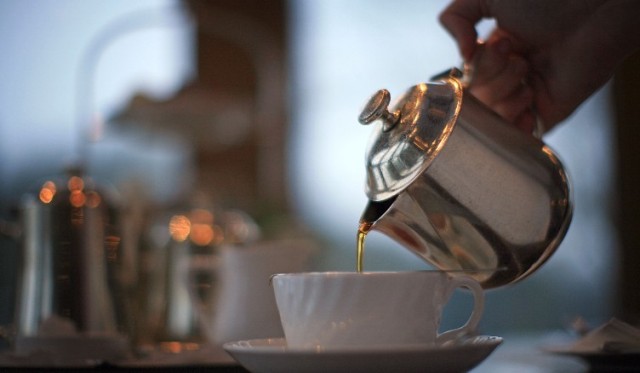
Coffee was cleared of carcinogenic effect however the experts of
WHO cancer research agency did find that
drinking very hot beverages (more than 65C) probably causes cancer of the esophagus
in humans.
An international Working
Group of 23 scientists convened by the International Agency for Research on
Cancer (IARC), the cancer agency of the World Health Organization (WHO) has evaluated
the carcinogenicity of drinking coffee, maté, and very hot beverages. A summary
of the final evaluations is published on 15 June in The Lancet Oncology,
and the detailed assessments will be published as Volume 116 of the IARC
Monographs.
According to WHO,
esophageal
cancer is the eighth most common cause of cancer worldwide and one of the main
causes of cancer death with approximately 400,000 death recorded in 2012 (5% of
all cancer death).
“Smoking and
alcohol drinking are major causes of esophageal cancer, particularly in many high-income
countries,” stresses Dr. Christopher Wild, IARC Director. “However, the
majority of esophageal cancers occur in parts of Asia, South America, and East
Africa, where regularly drinking very hot beverages is common and where the
reasons for the high incidence of this cancer are not as well understood.”
He added:” “These results suggest that drinking very hot
beverages is one probable cause of esophageal cancer and that it is the
temperature, rather than the drinks themselves, that appears to be responsible,”
In experiments involving animals,
there was also limited evidence for the carcinogenicity of very hot water. “It
appears that there is thermal injury from exposure to hot liquids that is
capable of leading to cancer of the esophagus,” IARC’s Dr Dana Loomis said.
The new monograph classifies hot drinks as group 2A, meaning they
are “probably carcinogenic to humans”. Coffee and mate served cold are in group
three, which means there is insufficient evidence to believe they cause cancer.
The large body of evidence currently available
led to the re-evaluation of the carcinogenicity of coffee drinking, previously
classified as possibly carcinogenic to humans (Group 2B) by IARC in 1991. After
thoroughly reviewing more than 1000 studies in humans and animals, the Working
Group found that there was inadequate evidence for the carcinogenicity of
coffee drinking overall. Many epidemiological studies showed that coffee
drinking had no carcinogenic effects for cancers of the pancreas, female breast,
and prostate, and reduced risks were seen for cancers of the liver and uterine endometrium.
For more than 20 other cancers, the evidence was inconclusive.
Studies in places such as China, the Islamic
Republic of Iran, Turkey, and South America, where tea or maté is traditionally
drunk very hot (at About 70C), found that the risk of esophageal cancer
increased with the temperature at which the beverage was drunk.
Those
who enjoy hot tea in Europe and the US probably do not need to worry, IARC’s Dr
Dana Loomis said. “It is important to recognize that hot drinks that were
studied for the basis of this classification are perhaps a bit different from
tea or coffee as consumed [in other parts of the world] – 65C is quite hot.”
In
European countries, coffee and tea are usually drunk at below 60C, he said, and
milk is often added, which cools it while tea in Iran and maté in South America are often drunk at
70C. “Maté is not only prepared very hot, but
drunk through a metal straw that delivers it directly into the throat,” he
said.
The IARC Monographs Program seeks to
classify cancer hazards, meaning the potential of any substance to cause cancer
based on current knowledge. The classification does not indicate what level of risk
exists to people’s health associated with exposure to a classified hazard. For
example, IARC has classified tobacco smoking as carcinogenic to humans (Group
1), but that classification does not indicate the increase in risk for each
cigarette smoked.
In other words, IARC’s classifications
relate to the strength of the evidence for a causal association, rather than
the frequency with which something causes cancer.
To
read the final WHO evaluations
published on 15 June in The Lancet Oncology, please click here.
Dr. Shima
Naghavi, Director of International Affairs